Medical Studies > ESSAY > VET 110Medina.Kami.21970578.VET110paper. VET 110: Medical Nursing for Veterinary Technicians Researc (All)
VET 110Medina.Kami.21970578.VET110paper. VET 110: Medical Nursing for Veterinary Technicians Research Project
Document Content and Description Below
Medical Nursing for Veterinary Technicians Veterinary technicians work as part as a healthcare team. They are supervised by veterinarians, who diagnosis disease and injury, prescribe treatments, and... perform surgery on animals. Technicians then provide direct care, such as properly placing an orogastric tube in a canine patient, performing fluid administration to the feline patient via IV placement, knowing the differences between the teeth and dental prophylaxis techniques used for canines and equines, or knowing how to perform CPR to save a Labrador retriever’s life. Orogastric intubation is the passage of a hollow tube into the mouth and through the oropharynx into the stomach to facilitate decompression of gas, removal of stomach contents, or the administration of large volumes of liquid, food, or medication (Bassert 587). This procedure can be used for preoperative stabilization of gastric dilation and volvulus (GDV) to allow evacuation of gas and fluid, resulting in an improved hemodynamic state (Tear 146). Removal of stomach contents via orogastric intubation may also help decrease the speed of gas reaccumulation while the dog is being prepared for surgery (Tear 146). Administration of large volumes of liquid medication, such as activated charcoal after toxin ingestion or barium for gastrointestinal contrast radiography can be achieved with orogastric intubation (Bassert 587). Neonates that are not nursing on their own or are orphaned can receive nutritional support via an orogastric tube as well as “hospitalized patients that are at risk of becoming severely malnourished because they lack the desire or ability to eat” (Jack 86-87). According to Bassert and Tear, the proper procedure for placing and removing an orogastric tube in a conscious dog is as follows:Medina 2 First, maximize cardiovascular stability before the procedure. Then, collect the necessary supplies. Manual restraint, sedation or general anesthetic supplies with appropriate monitors as indicated (some veterinarians prefer to ensure patent and protected airway to minimize the potential for aspiration pneumonia through the use of general anesthesia and a cuffed endotracheal tube when gastric lavage is performed), flexible orogastric tubing (OGT) appropriate for the patient’s size (the largest diameter that will reasonably fit within the patient’s esophagus and distal end must be smooth), adhesive medical tape or dark, nontoxic marking pen, roll of 2-inch adhesive bandaging material to serve as a mouth gag, one tube of aqueous lubricant, collection container for gastric material, trocarization materials (if GVD), at least one assistant, and, for gastric lavage, a funnel and lavage fluid (usually warm, body temperature, water). Position the dog sternal recumbency. If the patient is uncomfortable, alternate positions may be better tolerated (sitting, standing, or lateral). Placement of the patient on an elevated surface will allow gravity-assisted efflux of stomach contents and lavage fluid once the tube is in place. Choose the appropriate tube diameter for esophageal size and procedure planned (a larger tube size may be necessary for effective lavage versus gas decompression). Measure the length of the tube from the nares to the xiphoid; mark the tube with either the tape or black marker. Unroll approximately 30cm from a roll ofMedina 3 adhesive bandage material and leave attached to the roll. Place the bandage roll into the dog’s mouth, on top of the tongue and behind all four canine teeth, so that the hole in the roll faces the pharynx while an assistant restrains the dog’s head from behind. Hold the mouth closed around the bandage roll and wrap the free end of the around the muzzle. If the dog starts to regurgitate or vomit, remove the roll quickly from the mouth rostrally. Generously lubricate the OGT distal end with the aqueous lubricant and slowly feed the tube through the hole in the middle of the bandage roll as an assistant holds the head in a neutral or very slightly ventroflexed position, taking care to avoid extension of the neck. Advance the tube through the dog’s left dorsal pharynx to avoid the pharynx and ideally when the dog swallows to facilitate tube passage. Leave the other end of the tube below the level of the dog in the collection container. Confirm the location of the tube within the esophagus. Indications that the tube is within the esophagus or stomach are direct visualization of tube passage through the esophagus along the left side of the neck, seeing the presence of esophageal fluid or gastric reflux fluid in the tube; the fluid should look like saliva as well as any other substances such as ingesta or bile pigment, palpation of the tube on the left side of the neck, separate from the trachea, confirms its placement in the esophagus, either a rush of gas or gastric fluid will confirm its location with simultaneous stethoscope auscultation of borborygmus within the stomach, or mild suction applied to the tube should reveal negative pressure. Signs that the tube is within the trachea are if humidified air is seen within the tube during eachMedina 4 exhalation, coughing (although the absence of coughing does not confirm placement within the esophagus), the tracheal rings may be felt as vibrations along the tube, or a capnometer may be placed at the end of the tube; the presence of an increase in carbon dioxide while the dog exhales. If there remains any doubt as to whether the tube is in the trachea, remove the tube and start again. Once location of the tube within the esophagus is confirmed, advance the tube gently to the mark previously made on the tube. In the case of GDV, if there is resistance, apply gentle pressure with a twisting motion to aid entry through the cardia. If the tube sill cannot be passed into the stomach in a patient with GDV, percutaneous gastric trocarization may be considered. For decompression, gentle massage of the stomach through the body wall may help increase efflux. If administering medication or food, hold the tube higher than the patient’s head to prevent efflux of the lavage fluid. Using the funnel or syringe, instill the desired medication through the tube into the stomach. Coughing, dyspnea, or cyanosis at any point suggests the tube may be in the respiratory tree. The procedure must be terminated immediately, with kinking of the proximal tube (to avoid leakage of tube contents during withdrawal) and tube removal. Gently massage the stomach to facilitate mixing of the stomach contents with the fluid. Lower the tube below the level of the head to allow the fluid to efflux with gentle manipulation of the tube forward or backward 1-3 cm to improve efflux. Before removing the tube, tightly kink the tube 10-15 cm from the operator’s end. Hold the tube firmly in this kinked position while removing the tube to minimize fluid leakage into theMedina 5 airway as it is removed. Finally, remove the mouth gag and monitor recovery from sedation/anesthesia (if used) along with supportive care as indicated for the condition (587-588, 147). [Show More]
Last updated: 2 years ago
Preview 1 out of 27 pages
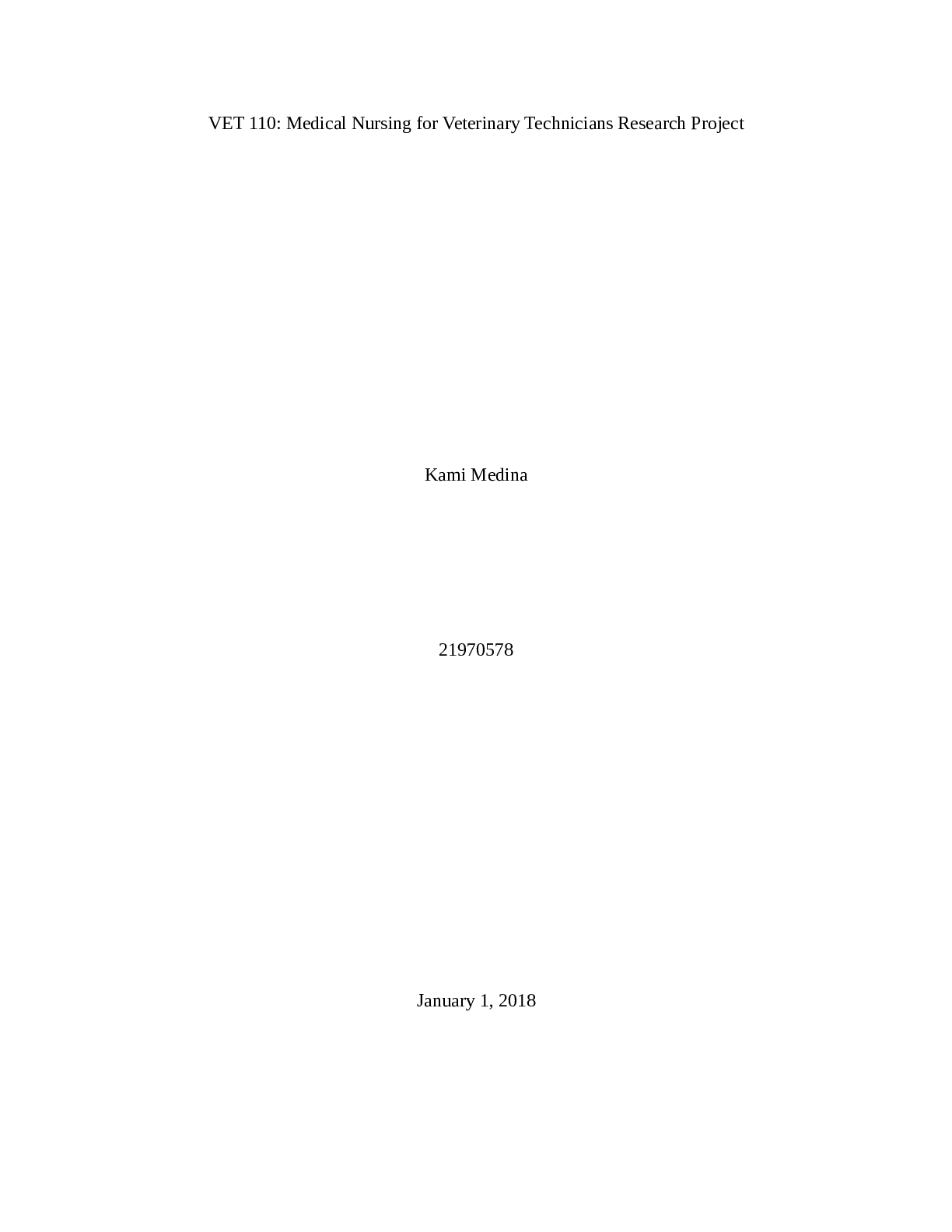
Buy this document to get the full access instantly
Instant Download Access after purchase
Buy NowInstant download
We Accept:

Reviews( 0 )
$20.00
Can't find what you want? Try our AI powered Search
Document information
Connected school, study & course
About the document
Uploaded On
Aug 27, 2021
Number of pages
27
Written in
Additional information
This document has been written for:
Uploaded
Aug 27, 2021
Downloads
0
Views
83

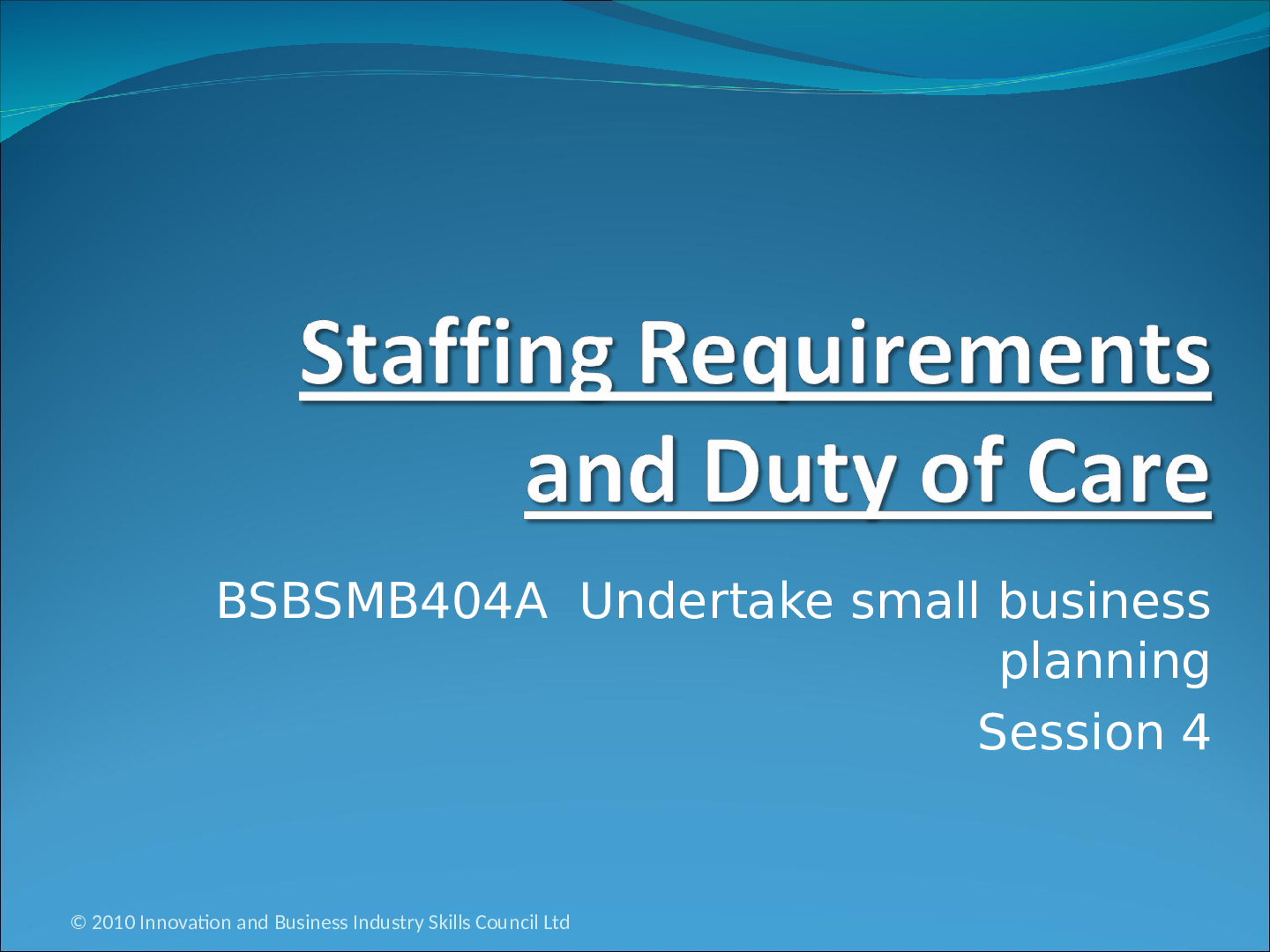
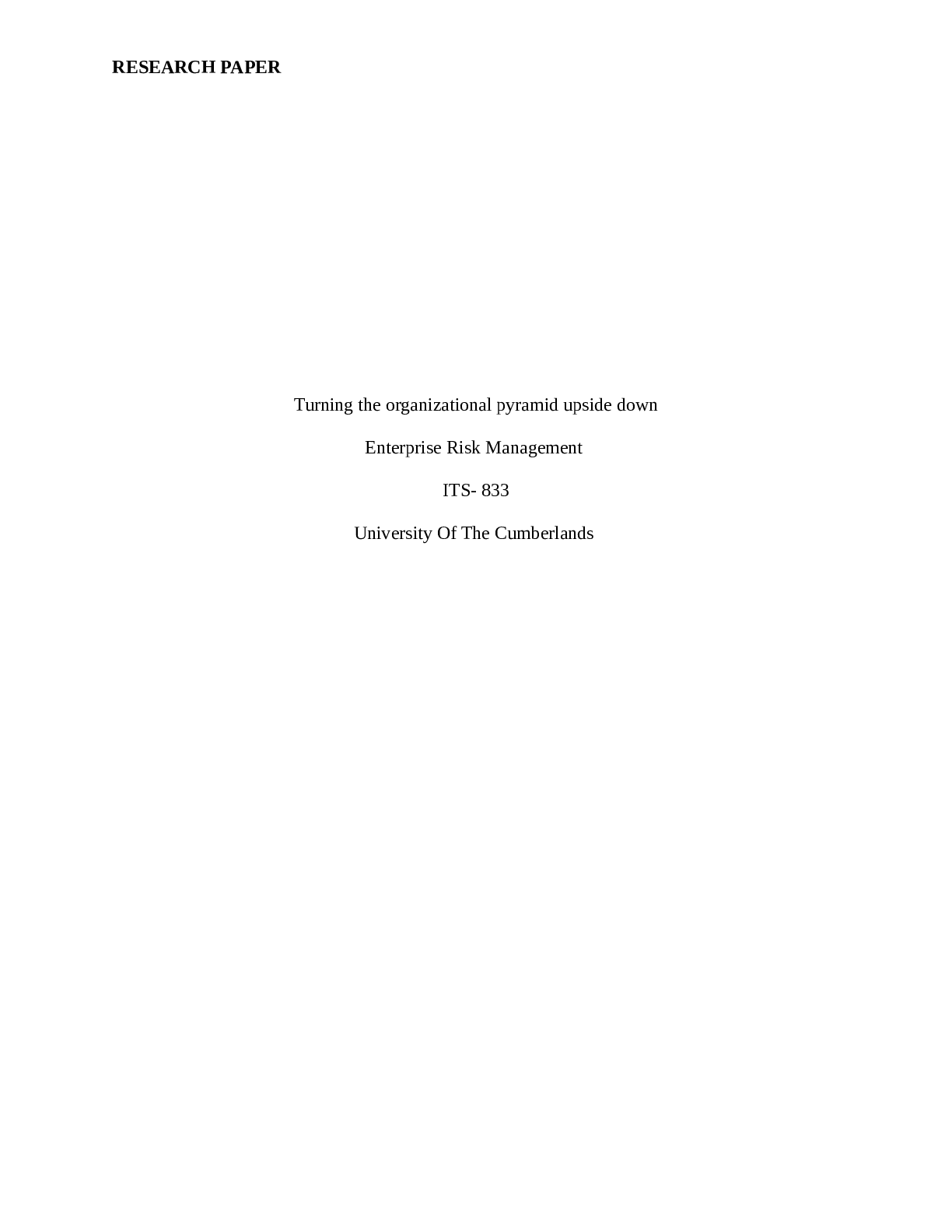
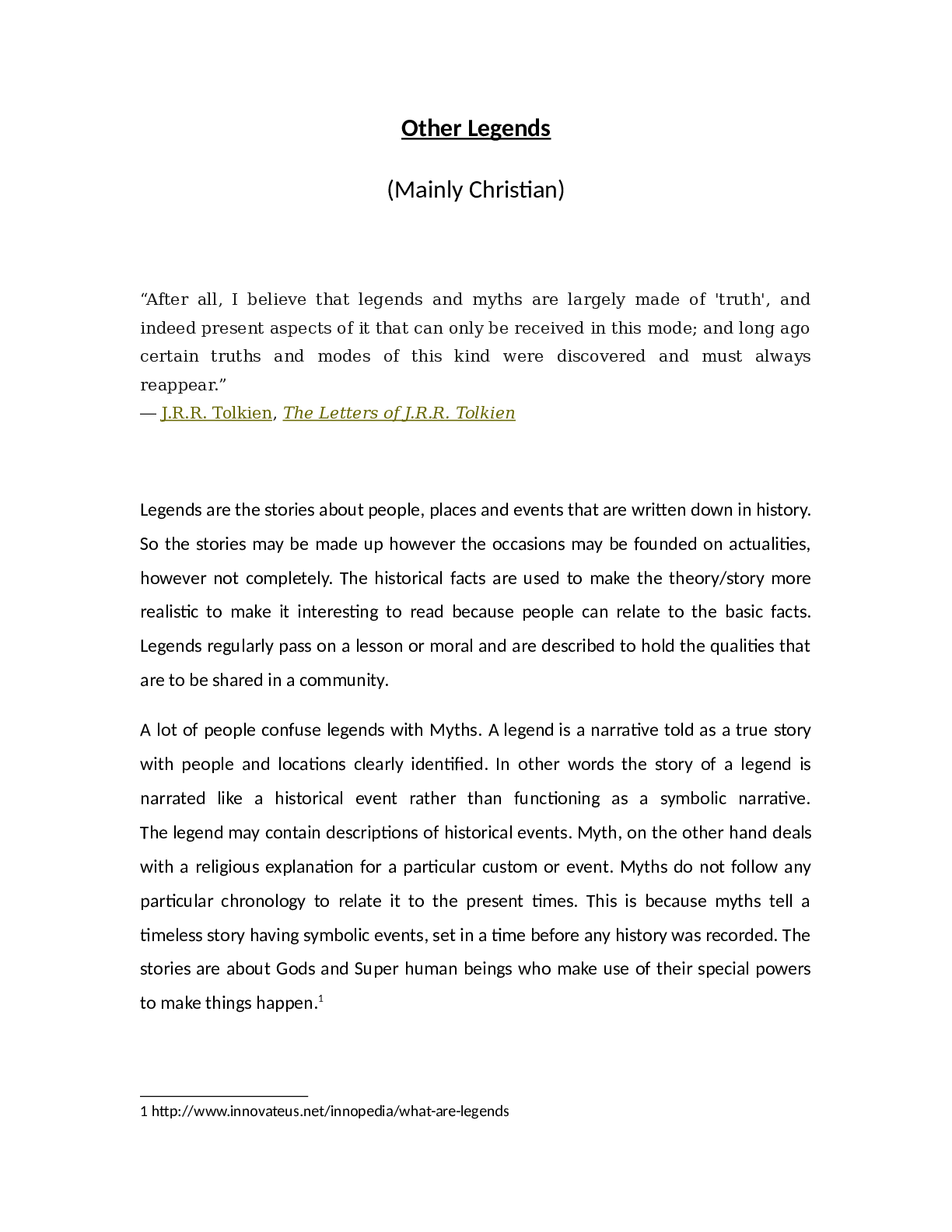
.png)
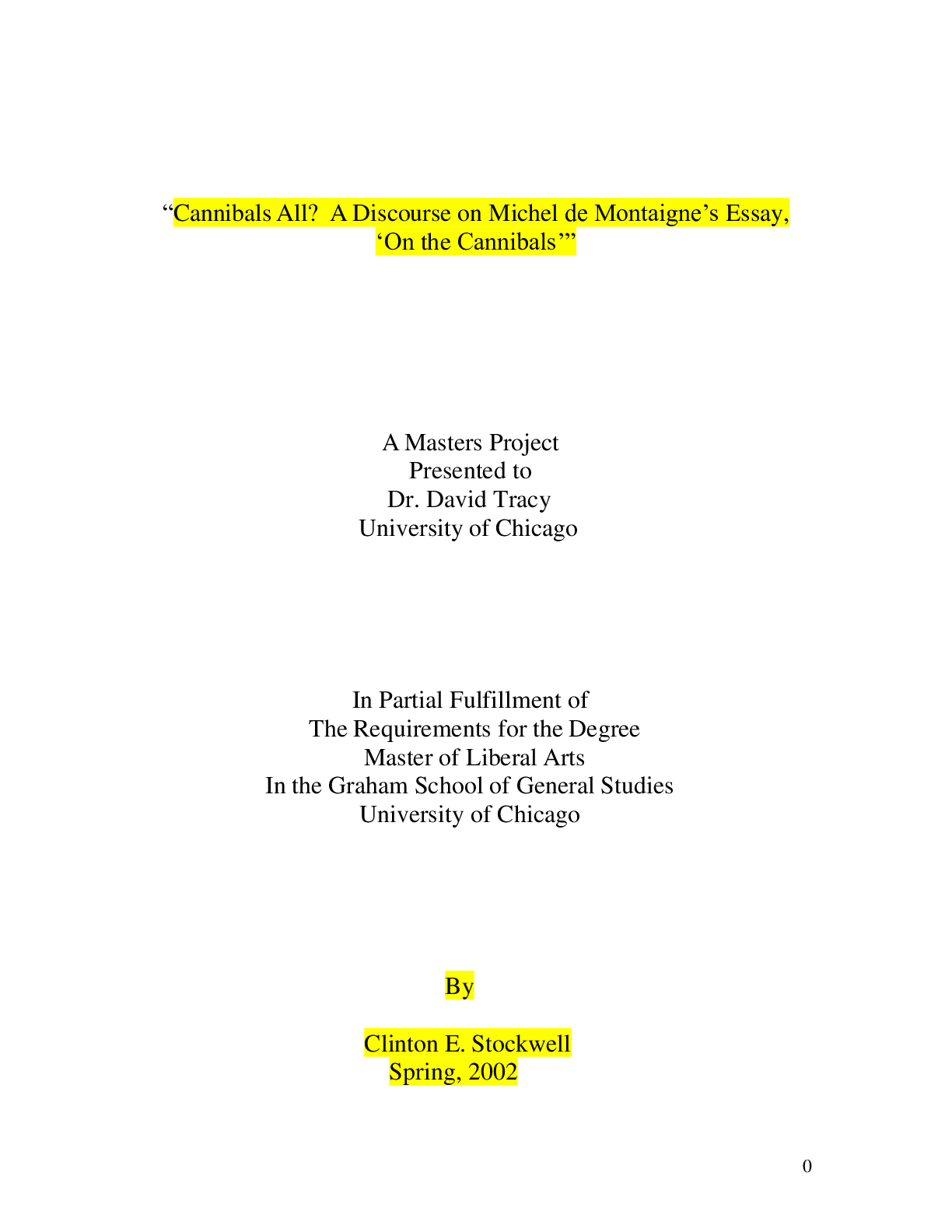

.png)





